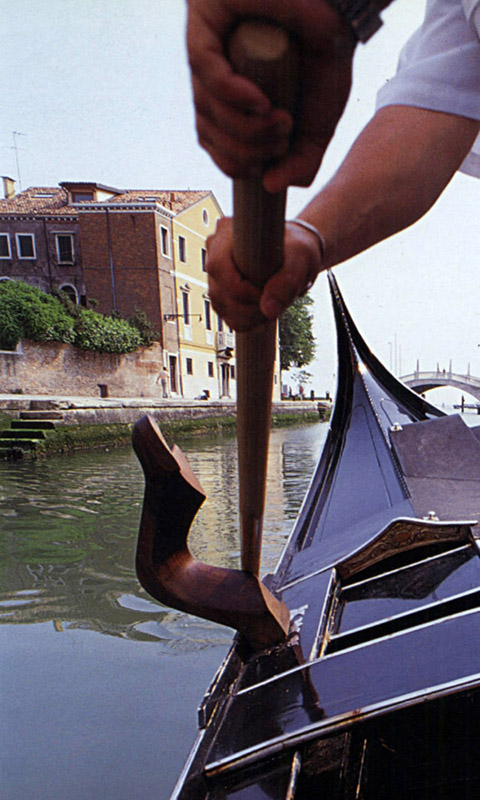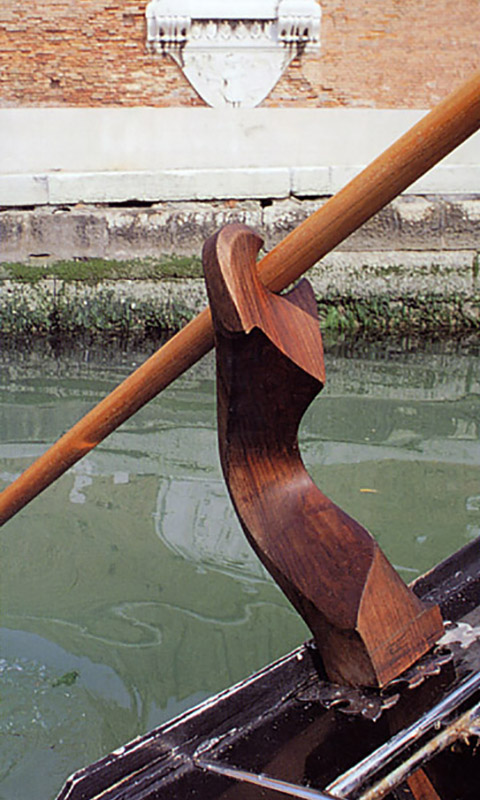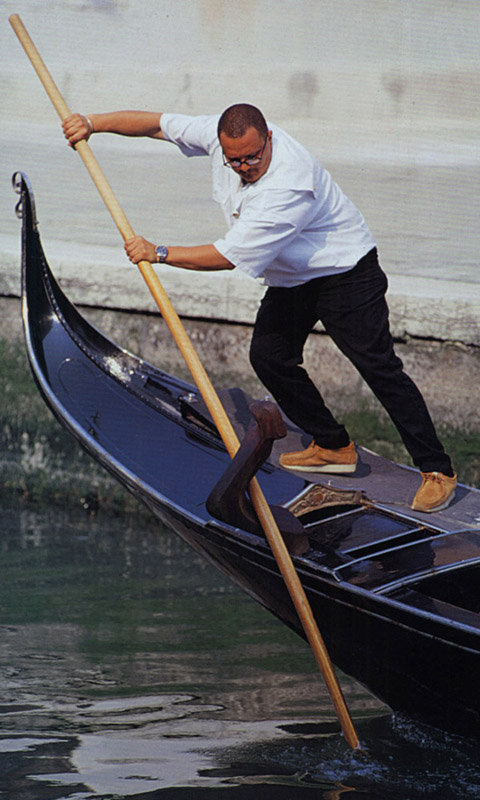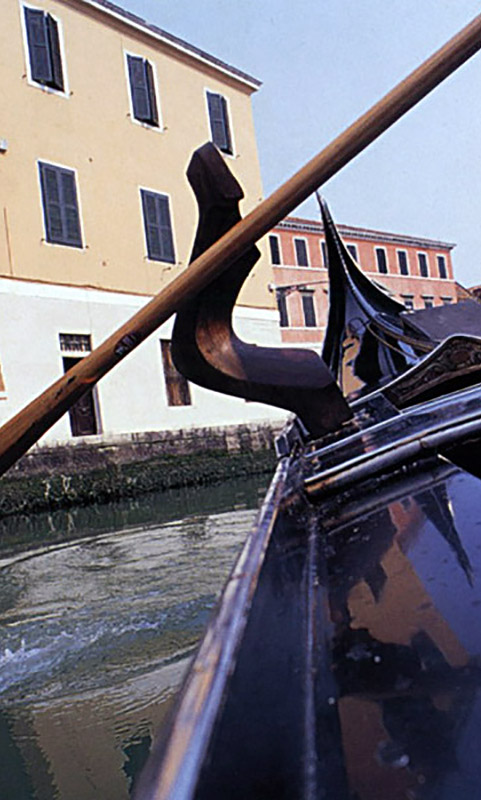Voga alla veneta
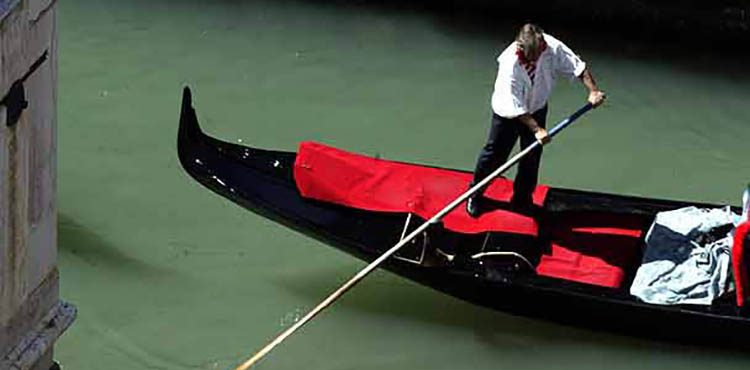
Voga alla veneta is an asymmetrical rowing style that developed as a function of the form of the city: the narrow canals bordered by buildings imposed a standing position to provide the rower with a good vantage point and to improve manoeuvrability. This unique style required a particular type of oarlock that would allow the boat to be propelled with a single oar.
The fórcola has thus taken on its unique sculptural form, while the oar has a particularly hydrodynamic shape. Moreover, each rowing position of the boat requires a particular shape and size that can vary in relation to the body structure and rowing style of the individual rower. For example, the stern fórcola on a gondola has multiple pivot points for the oar to allow the gondolier to perform the diverse manoeuvres necessary to navigate in the city.
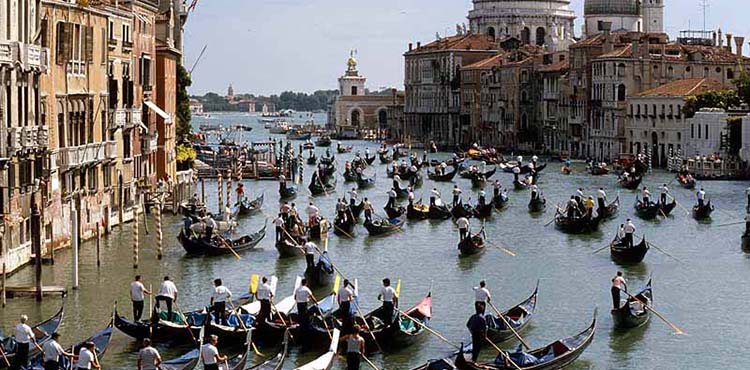
La fórcola ha così assunto le forme scultoree che la caratterizzano; mentre il remo ha delle linee e dei volumi particolarmente idrodinamici. Inoltre in ogni posto di voga la fórcola ha una forma particolare, questa è anche variabile in rapporto alle caratteristiche corporee e di stile di voga d’ogni singolo vogatore. Alcune variabili estetiche aumentano la gamma di forme di questo già ricco repertorio. Ad esempio le fórcole da poppa per gondola permettono molteplici funzioni del remo con vari punti dove appoggiare il remo nelle varie manovre.
